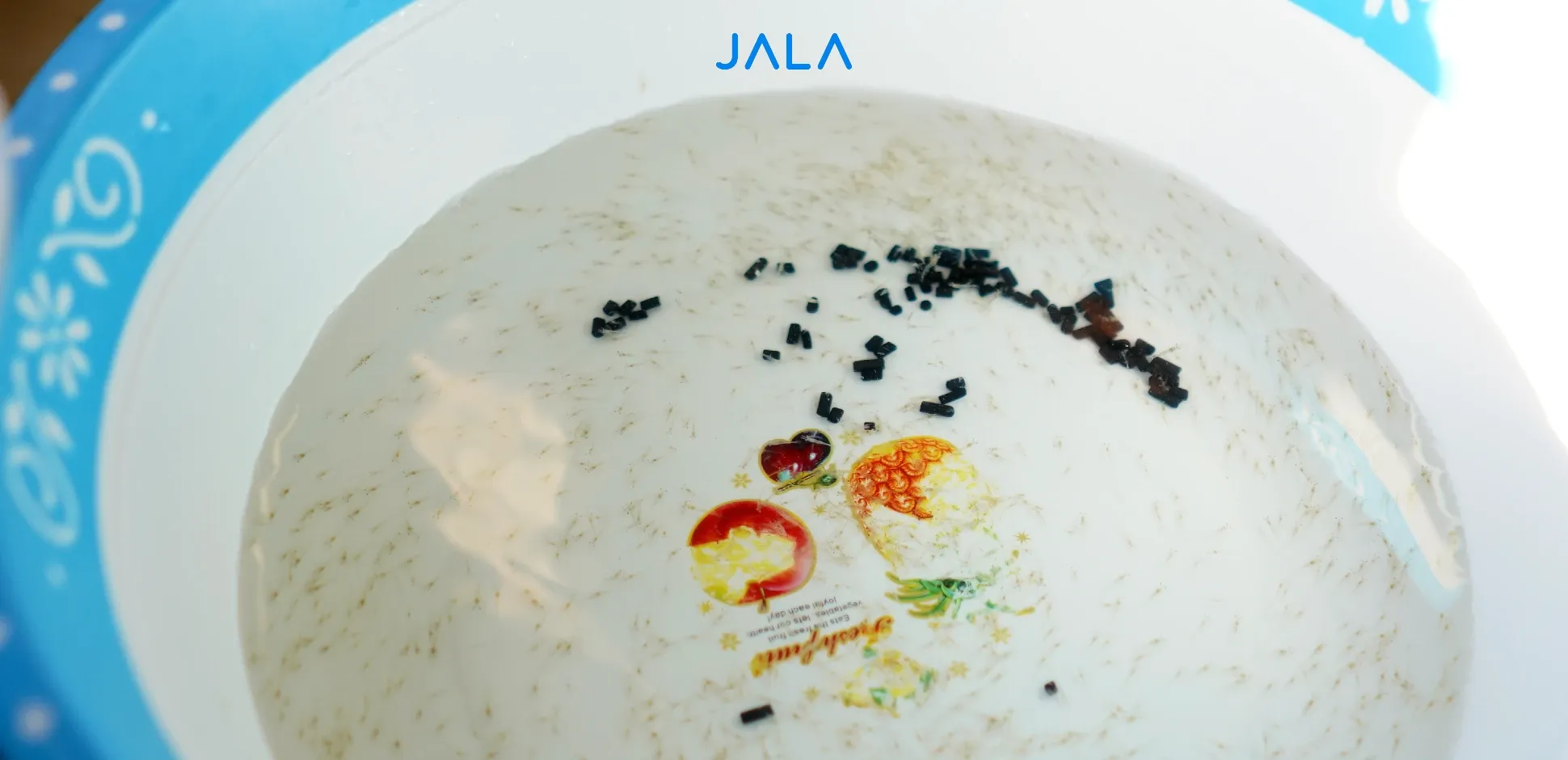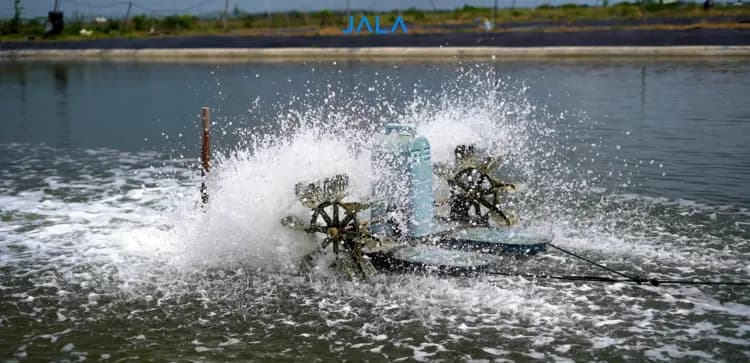
In vannamei shrimp cultivation, the quality of shrimp fry is one of the determining factors for success. High-quality fry ensures the growth of healthy shrimp, leading to the achievement of production targets.
Obtaining quality shrimp fry relies on proper vannamei shrimp hatching techniques. Shrimp farmers generally obtain shrimp fry from hatcheries. Are you aware of the process that hatcheries conduct to supply high quality fry?
The vannamei shrimp hatching process involves several stages, including the selection of broodstock, maintenance, spawning, egg hatching, and larvae maintenance. Read on to learn about the process of hatching vannamei shrimp!





